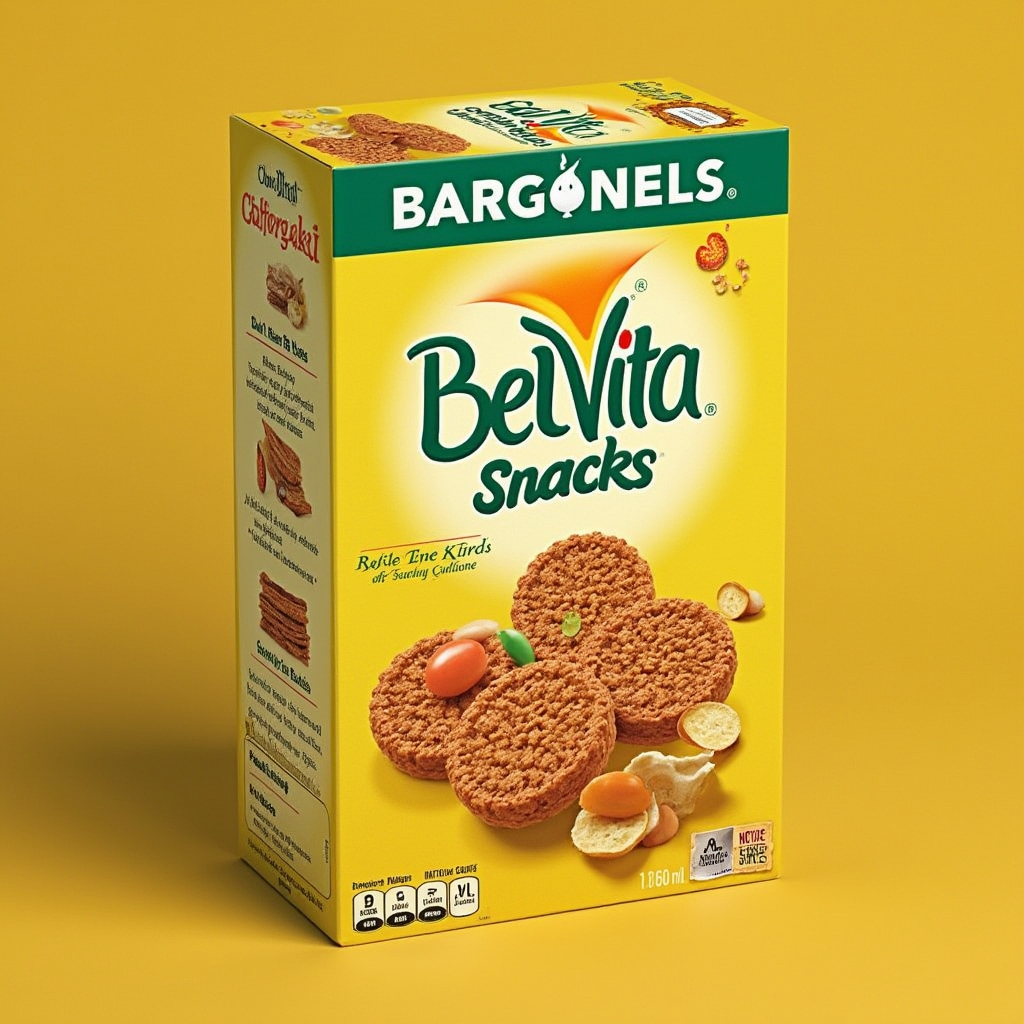Dillards marketing strategy is a key factor in the company’s longstanding success in the competitive retail landscape. Known for offering a blend of high-quality products and exceptional customer service, Dillard’s has strategically positioned itself through a combination of exclusive private labels, influencer partnerships, and an omnichannel approach. In this article, we’ll dive into the core elements of Dillards marketing strategy, exploring how the company leverages its product offerings, pricing tactics, e-commerce investments, and more to stay ahead in the retail market.
Table of Contents
1. Brand Differentiation In Dillards Marketing Strategy
A cornerstone of Dillards marketing strategy is its emphasis on private labels. Private label brands, like Antonio Melani and Gianni Bini, contribute significantly to Dillard’s overall sales, making up 23% of their revenue. By developing exclusive, high-end brands, Dillard’s creates a unique product lineup that sets it apart from other department store chains.

These private labels are designed to cater to the preferences of Dillard’s core customer base, offering high-quality products with a focus on style and craftsmanship. For instance, Antonio Melani is known for sophisticated women’s clothing that appeals to career-oriented women, while Gianni Bini focuses on trendy, youthful styles.
Dillard’s ability to control the production, pricing, and marketing of these private labels allows them to offer exclusive products at competitive prices, attracting a broad range of consumers. This strategy not only differentiates Dillard’s from competitors like Macy’s or Nordstrom but also strengthens customer loyalty, as shoppers cannot find these products anywhere else.
2. Strategic Collaborations and Influencer Partnerships
In addition to private labels, Dillard’s has adopted strategic collaborations with designers and influencers to further enhance its product offerings. Partnerships with external designers help bring fresh perspectives to Dillard’s collections, appealing to a broader and more diverse customer base.
Dillard’s has successfully leveraged the growing power of influencer marketing by partnering with fashion influencers to promote their exclusive products. These partnerships allow Dillard’s to tap into current trends and reach younger, more fashion-conscious consumers. For instance, influencer collaborations often result in limited-edition collections that create a sense of urgency and exclusivity, driving both foot traffic and online sales.
Influencers also play a crucial role in amplifying Dillard’s presence on social media, particularly on platforms like Instagram and TikTok. By collaborating with influencers who have a large, engaged following, Dillard’s can promote its products in a more authentic and relatable manner, reaching audiences that traditional advertising methods may not effectively target.
3. Omnichannel Approach : Dillards Marketing Strategy
Dillard’s marketing strategy effectively blends its traditional brick-and-mortar stores with an expanding e-commerce platform. While 70% of Dillard’s sales still come from physical stores, the company recognizes the growing importance of online shopping and has made significant investments in its digital presence. Today, e-commerce accounts for 30% of the company’s total sales, and this number continues to rise as more consumers turn to online shopping.
Dillard’s omnichannel approach ensures that customers have a seamless shopping experience, whether they are purchasing products in-store, online, or through mobile devices. The integration of “Buy Online, Pick Up In Store” (BOPIS) services further enhances convenience for customers, allowing them to shop online and pick up their purchases at a local store without the hassle of shipping delays.
This omnichannel strategy not only increases convenience for customers but also allows Dillard’s to reach a wider audience. Shoppers who may not have access to a nearby physical location can still browse and purchase Dillard’s exclusive products online, broadening the company’s customer base beyond the Southern United States.
4. Product Strategy: Sustainability, Craftsmanship, and Technology
Dillard’s product strategy is centered on offering high-quality items that cater to evolving consumer preferences. The company’s product lines span several categories, including apparel, beauty, home décor, and electronics, each carefully curated to meet the demands of its customers.
In response to the growing demand for sustainability, Dillard’s has incorporated eco-friendly materials into its apparel offerings. For example, they emphasize the use of organic cotton and recycled fabrics in their clothing lines, appealing to environmentally conscious consumers. Dillard’s beauty product selection includes cruelty-free and ethically sourced cosmetics, further aligning with the values of socially aware shoppers.
Dillard’s home décor products emphasize artisanal craftsmanship, with unique, handcrafted items that appeal to consumers looking for distinctive, high-quality furnishings. Finally, in the electronics category, Dillard’s showcases cutting-edge technology, offering the latest gadgets and devices that cater to tech-savvy customers.
By staying attuned to trends in sustainability, craftsmanship, and technology, Dillard’s ensures that its product offerings remain relevant to modern consumers.
5. Pricing Strategy: Flexibility for Different Market Segments
Dillard’s employs a flexible pricing strategy that allows them to target different market segments effectively. Depending on the product category and customer segment, Dillard’s may adopt either a price penetration strategy or a price skimming strategy.
For products targeting price-conscious customers, such as home décor or casual apparel, Dillard’s may use a price penetration strategy to offer competitive pricing and increase market share. This approach is particularly effective in attracting shoppers who prioritize value for money.
Conversely, for high-end products like designer collaborations and exclusive private label items, Dillard’s employs a price skimming strategy, setting higher prices to reflect the premium quality and exclusivity of these items. This pricing model appeals to affluent consumers who are willing to pay more for unique, luxury products.
This dual pricing strategy allows Dillard’s to cater to a wide range of customers, from budget-conscious shoppers to those seeking premium, high-end merchandise.
6. E-Commerce Investment and the Digital Transformation
Dillard’s has invested heavily in its e-commerce infrastructure in recent years, recognizing the shift in consumer behavior toward online shopping. This investment has paid off, with Dillard’s stock surging 1409% since the lows of the COVID-19 pandemic, largely due to the growth of its online sales.
Dillard’s e-commerce platform provides a seamless user experience, with intuitive navigation, detailed product descriptions, and high-quality images. Additionally, Dillard’s offers various shipping options, including free shipping for qualifying orders, which helps to attract online shoppers.
The company’s commitment to digital transformation is further evident in its adoption of advanced technologies like artificial intelligence and data analytics to enhance the online shopping experience. By analyzing customer data, Dillard’s can offer personalized recommendations, targeted promotions, and improved customer service, driving customer engagement and boosting sales.
Moreover, Dillard’s has strategically expanded its clearance centers online, offering budget-conscious shoppers access to discounted products without compromising on quality. This approach not only attracts bargain hunters but also helps Dillard’s manage excess inventory effectively.
Conclusion: A Winning Formula for Retail Success
Dillards marketing strategy is a well-balanced mix of traditional retail practices and modern digital innovations. By leveraging private labels, strategic collaborations, and an omnichannel approach, Dillard’s has successfully differentiated itself in a competitive retail landscape. The company’s focus on sustainability, craftsmanship, and cutting-edge technology ensures that its product offerings remain relevant and appealing to today’s consumers.
Moreover, Dillard’s flexible pricing strategy and investment in e-commerce have positioned the company for continued growth, even as the retail industry undergoes significant transformation. As consumer preferences continue to evolve, Dillard’s ability to adapt and innovate will be key to maintaining its competitive edge and driving future success.
In conclusion, Dillards marketing strategy exemplifies how a traditional retail brand can thrive in the modern marketplace by embracing change while staying true to its core values of quality, customer service, and exclusivity.










